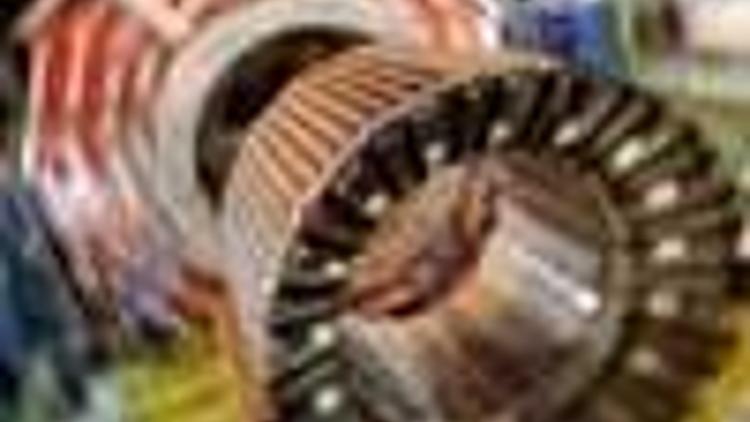Largest particle collider to re-enact Big Bang conducts successful test
Güncelleme Tarihi:

The world’s largest particle collider successfully completed its first major test by firing a beam of protons all the way around a 17-mile (27-kilometer) tunnel Wednesday in what scientists hope is the next great step to understanding the makeup of the universe. (UPDATED)
After a series of trial runs, two white dots flashed on a computer screen at 10:36 a.m. (0836 GMT) indicating that the protons had traveled the full length of the $3.8 billion Large Hadron Collider.
"There it is," project leader Lyn Evans said when the beam completed its lap.
Champagne corks popped in labs as far away as Chicago, where contributing scientists watched the proceedings by satellite. Physicists around the world now have much greater power than ever before to smash the components of atoms together in attempts to see how they are made.
"Well done everybody," said Robert Aymar, director-general of the European Organization for Nuclear Research, to cheers from the assembled scientists in the colliders control room at the Swiss-French border.
Built in a tunnel 100 meters (325 feet) below ground in a complex straddling the French-Swiss border, the Large Hadron Collider (LHC) is designed to accelerate sub-atomic particles to nearly the speed of light and then smash them together.�Cosmologists say the Big Bang occurred some 15 billion years ago when an unimaginably dense and hot object the size of a small coin exploded in what was then a void, spewing out matter that expanded rapidly to create stars, planets and eventually life on Earth.
In this primordial soup, novel particles may lurk that will resolve mysteries clouding our understanding of fundamental matter, scientists say.
"This machine will probably bring unexpected results that could turn particle physics on its head," French astrophysicist Hubert Reeves said on Tuesday.
But the CERN project, begins with a relatively simple procedure: pumping a particle beam around the underground tunnel.
It has required nearly two decades and 5,000 scientists, engineers and technicians from nearly three dozen countries to bring the LHC to fruition.
At 9:30 a.m. (0730 GMT) on Wednesday, the first protons will be injected into the 27-kilometre (16.9-mile) ring-shaped tunnel at the headquarters of the European Organization for Nuclear Research (CERN).
Technicians will first attempt to push the beam in one direction round the tightly-sealed collider, some 100 meters (yards) underground.
Once they have done that -- and CERN officials say there is no guarantee that success will come immediately or even in the first days -- they will project a beam in the other direction.
And then, perhaps in the coming weeks, they will pump beams in both directions and smash the particles together -- but initially at low intensity.
Later, probably near the end of the year, they will move on to produce tiny collisions that will recreate the heat and energy of the Big Bang, a concept of the origin of the universe that now dominates scientific thinking.
The detectors will monitor the billions of particles that will emerge from the collisions, capturing on computer the way they come together, fly apart or just simply dissolve.
It is in these conditions that scientists hope to find fairly quickly the Higgs Boson, named after Scottish scientist Peter Higgs who first proposed it in 1964 as the answer to the mystery of how matter gains mass.
Without mass, the stars and planets in the universe could never have taken shape in the aeons after the Big Bang, and life could never have begun -- on Earth or, if it exists as many cosmologists believe, on other worlds either.
The experiment is not without detractors.
Websites on the Internet, itself created at CERN nearly 20 years ago as a means of passing particle research results to scientists around the globe, have promoted claims that the LHC will create black holes sucking in the planet.
"Nonsense," say the CERN -- and other leading scientists. "The LHC is safe, and any suggestion that it might present a risk is pure fiction," declared Aymar.

